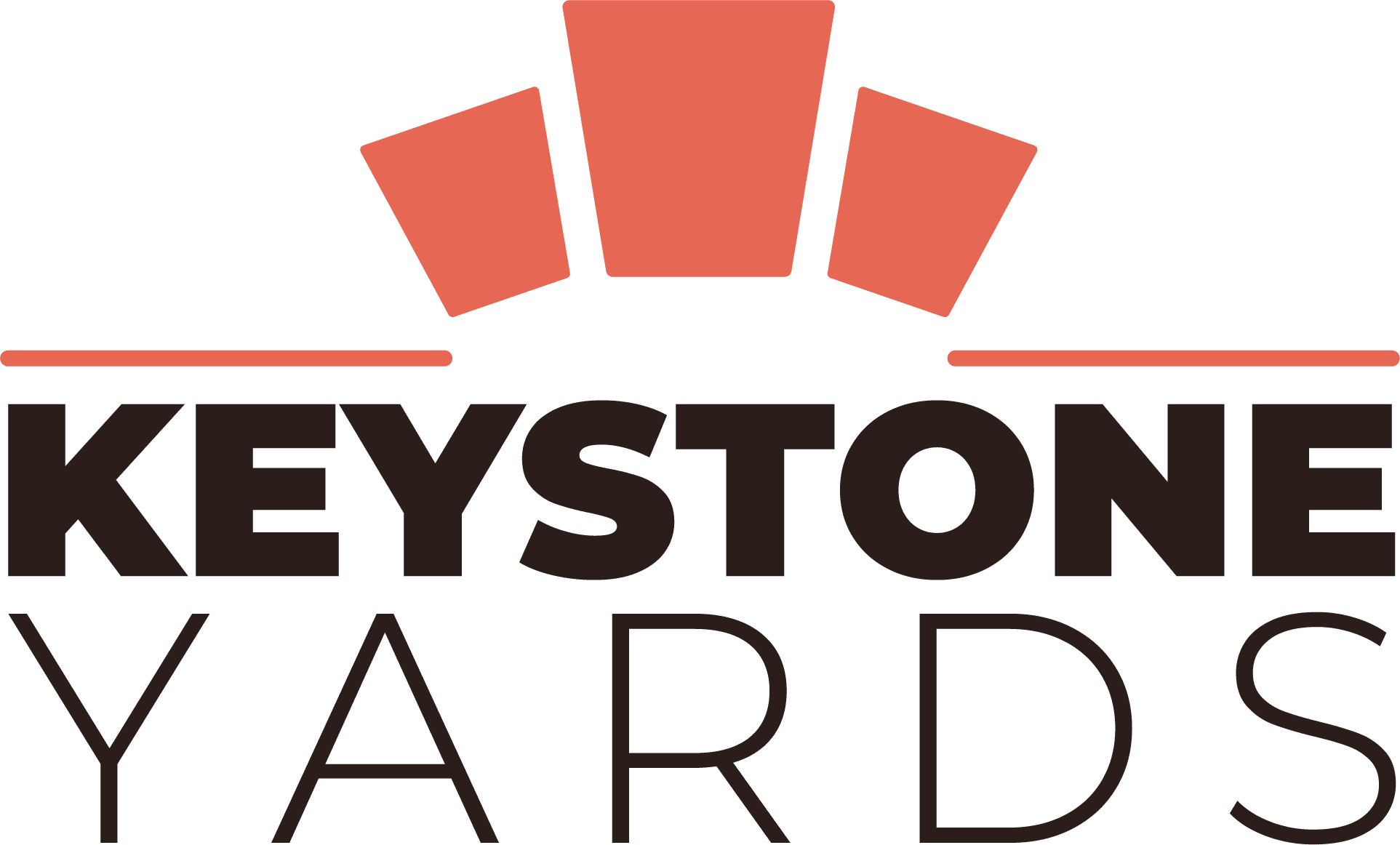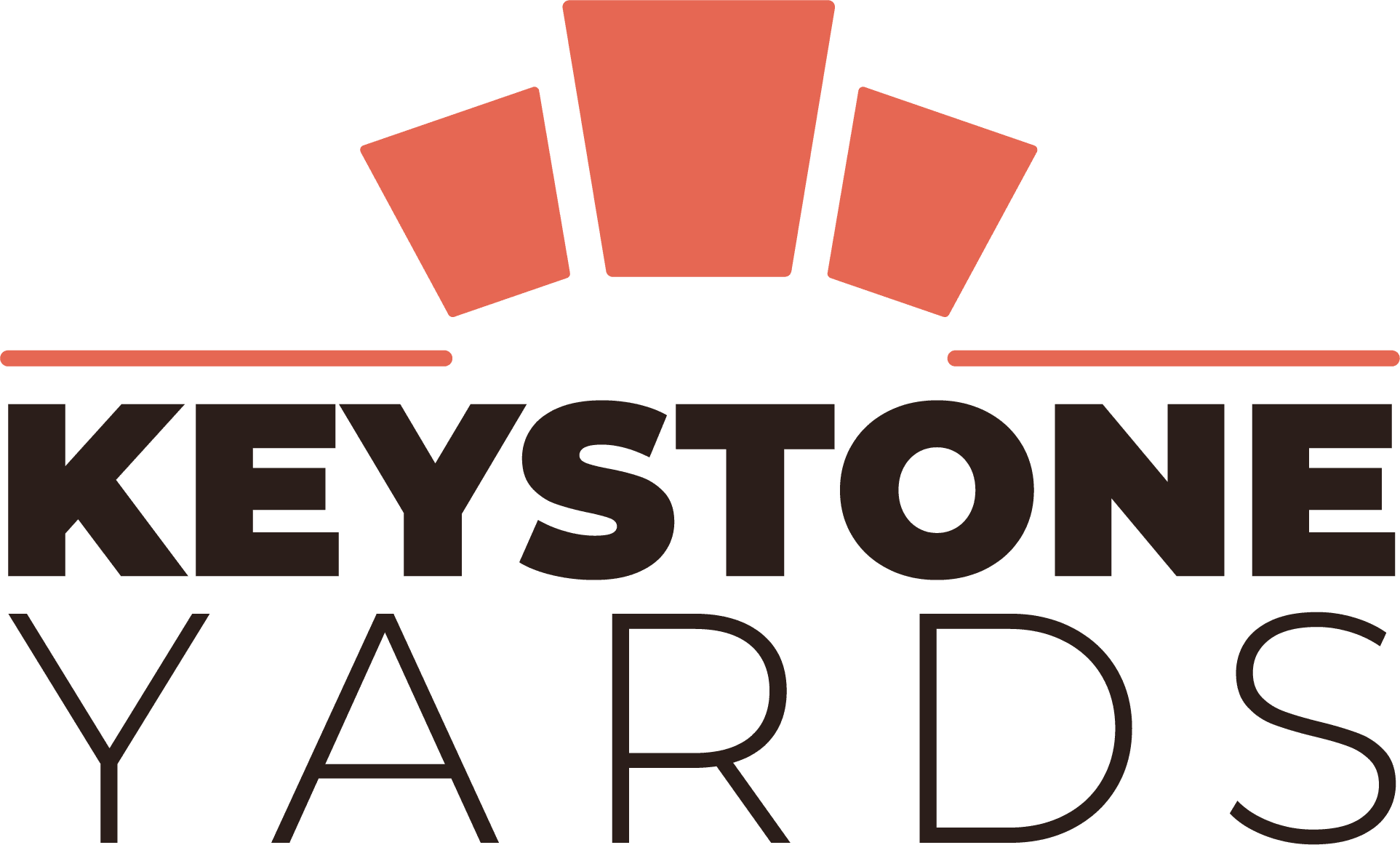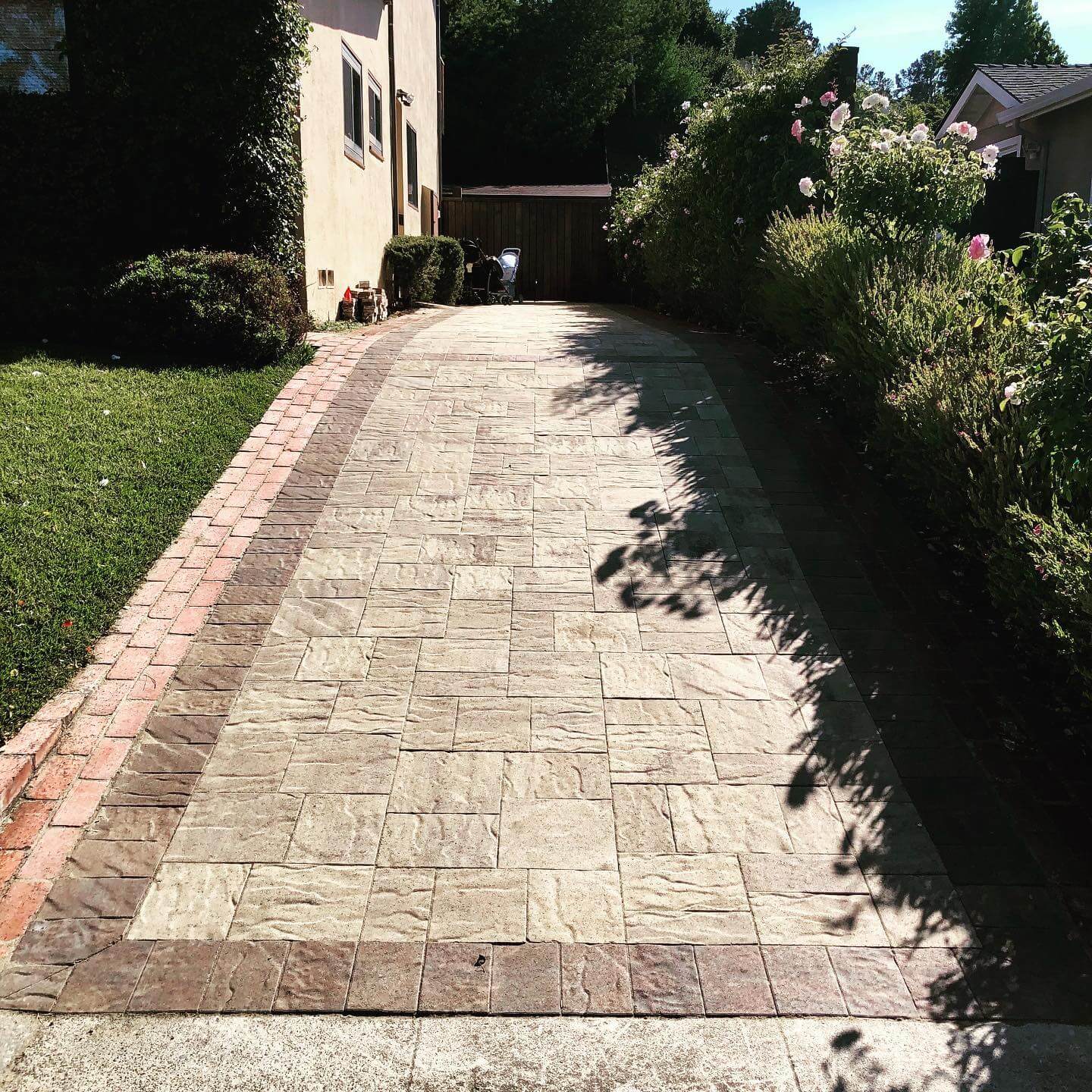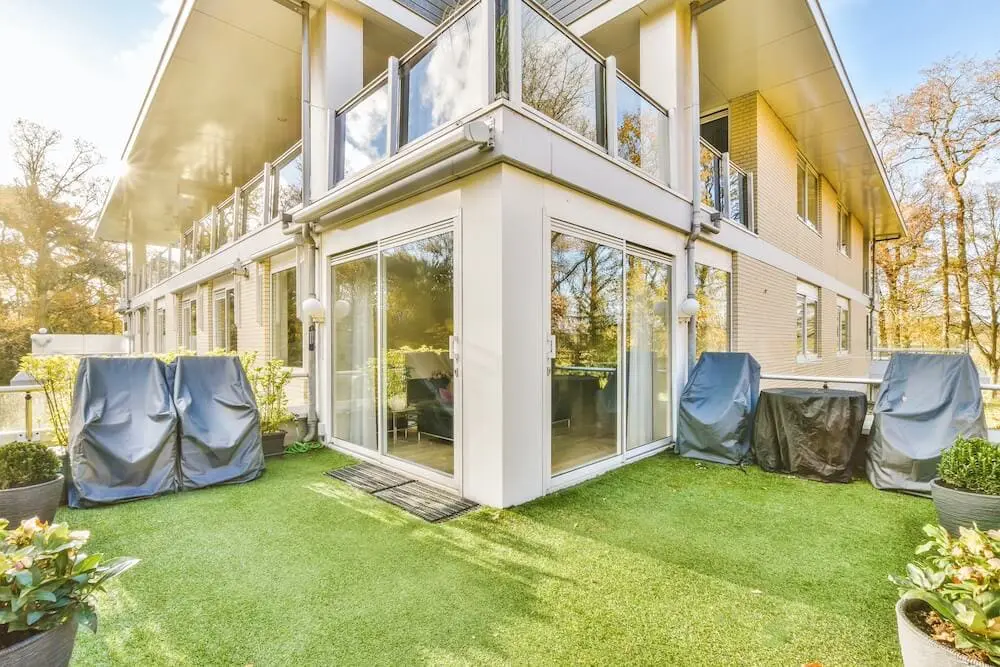
Drainage System Benefits & Drainage Issues
What are Drainage Systems?
Drainage systems are installed in place to remove the surplus water in development territories. This could be rainwater, floodwater, and several kinds of runoff. Drainage systems are also inserted in place to efficiently remove wastewater, referred to as sewer systems, and debris.
Drainage System In Agriculture
Agricultural drainage is the removal of excess or surplus water, known as gravitational water or free water, from the soil surface or beneath to create favorable soil conditions for plant growth. Drainage also clears the lowering dove of the groundwater table below the crops’ root zone to improve the plant growth and nutrition content availability in certain cases or reduce the buildup of salt in the crop root zone.
For successful crop production Irrigation and drainage are equally important. Irrigation and drainage go hand in hand. Even for a short period, excess water stored in the soil may cause drastic damage to crops and soil.
Irrigation provides adequate moisture in the soil for the sufficient growth of plants, whereas drainage is important for clearing excess moisture in the root zone. The excess moisture or water content may originate from excess rainfall, over-irrigation, seeping from canals or reservoirs, or gutters.
A land having a high water table for a long period, extreme soil moisture content, humid conditions with continuous or infrequent rainfall, or flat land with fine-textured soil may need drainage for high agricultural production.
Drainage System In Plumbing
A drainage system consists of piping forming tunnels or channels that convey sewerage, rainwater, floodwater, or other liquid waste to a point of disposal, in the septic tank. Its primary goal is to store and remove wastewater and keep sewer gasses out of the property. Far from the piping that carries water into a building, the piping for the substructure must remain pro-treated.
How does a drainage system work?
Clean, fresh water coming from any water service or street, such as a well is piped to each plumbing unit. Each plumbing fixture has a drain line that stores used water and refuse, which flows down to the main drain system through gravity. All drain lines are installed with a slope so that water can flow freely. The main drain line goes to a municipal sewer line on the building or walkways.
Vent piping offers air pressure to help drain water flow without hindrance. Vent pipes are connected to the drain lines at each fixture and project through the roof. They are covered to keep animals and rain at a distance while allowing air to flow in freely.
Nets in the drainpipe store dirty water and seal the pipe to keep sewer gasses away from the building. Two trap types are S and P traps. S-traps are normally used in toilets while P-traps are used in sinks, showers, and tubs.
The Importance of an Effective Drainage System
The foundations of properties play an important part in the building’s structure. The substructure must remain of the best quality continuously with care ensuring that water remains away from the base, keeping the home in working order.
Some countries have poorly patterned properties leading to horrifying disasters like flooding and building destruction. These incidents occur when the property’s foundations are not deeply rooted in the floor.
The monetary burden of an efficient drainage system is very little to even no costs included. It has a lot more rewards.
Closed and Open Drainage Systems
Open and closed drain systems are common in different areas. A closed drain forms a complicated underground network. The primary waste from individual areas is collected and transferred to the leading network, which ultimately goes for treatment at a treatment plant. An open drain is often used to collect wastewater that is not sewerage. The use of open drains to discard sanitary waste is extremely unclean and unsafe. The use of open drains is acceptable to a little degree. However, all places with a collection of water breed different disease-carrying pathogens. Open drains are not preferred for carrying wastewater even if the solids have been disposed of by septic or interceptor tanks.
Additionally, since they are open any stored water can result in pooling and flooding. The only benefit of using open drains is their ease of construction and maintenance as it is on hand. In rural areas, open drain systems are still used. However, such a system will fail in its convenience in overpopulated urban zones.
Learn About Keystone yard’s Landscape Design & Remodeling Services
Types of Drainage Systems
Properly confining and scattering water runoff is important because it is needed to water vegetation without drowning it. Besides, the stored water is used to reload a town’s freshwater supply. The more stagnant water sits on a surface, the more prone it is to contamination. Different drainage systems will allow you to better understand their roles and importance and how they work inbound.
Residential Drainage Systems
Residential drainage systems move surplus water from residential areas. This system aids whisk water away from pavers, driveways, and roofs to avoid overflooding. Residential drainage systems are crucial as they prevent rotting, mold, spoilage, and structural harm in buildings from water accumulation.
Residential drainage systems have the following types.
- Surface
- Subsurface
- Slope
- Downspout/gutters
Surface Drainage Systems
Surface drainage systems contain shallow trench dug in a parallel design, which acts as canals or channels for run-off water. These ducts lead the water into the main drain to prevent water from rallying and flooding.
Subsurface Drainage Systems
A subsurface drainage system also known as French drains are placed beneath the soil’s top layer to remove stored water at the root level. Subsurface drains require the excavation of deep trenches and the installation of underground pipes. A large collector drain system is fixed to collect water from these pipes.
Slope Drainage Systems
Slope drains permit water to flow downward from a structure with the assistance of pipes moving down a slope. A pipe is fixed and harbored into a small lean, which causes water to flow through the pipe easily and away from the foundation.
Downspout and Gutter Systems
Downspouts run up water from gutters and redirect it to the ground. A downspout is typically linked to a gutter system on a building or home and carries water away from the roof downside to the ground. Downspouts clear the water on a slope so that the water does not flood at the foundation of the downspout.
Quality Drainage System
As we approach planting season it is very important to prepare the soil well for the crops. With all the heavy rains received this winter, it is also necessary to make sure that your beds drain properly and do not cause any trouble as you water them. Here are a few important points why you need to pay attention to drainage.
- Drainage ensures proper soil aeration. If you have a surplus or standing water it can congest your crops.
- Drainage brings down soil and nutrient loss from runoff and can help avoid soil erosion and abrasion.
- Drainage on hill slopes helps to lower the risk of soil gliding.
- Drainage can be stored and saved for future use during periods of dry conditions.
Poor drainage caused by landscape shape or improper drainage systems can damage buildings and move soil from its place to where it causes damage. The effects of poor drainage systems enhance beyond single property and can affect roads, waterways, and health.
Also Learn About Our Landscape Design & Remodeling Services
Problems With Poor Drainage System
Damaged Foundations And Heaving Sidewalks
Water falling or effusing from downpipes close to the foundation will sink smoothly down next to the base wall. The soaked soil expands, pressing against the foundation badly, causing bending or cracks. Water will discharge through the cracks, causing further destruction. It all gets even worse when freezing weather conditions come around. Water takes the form of ice in the soaked soil above the freezing point, expanding and causing more breaks or heaving under walkways and driveways with inappropriate underlayment and drainage systems.
Keeping downspouts clear and extending drainage away from the house are the simplest solutions to many of these issues. Regrading is important to ensure a six-inch downward hijacked digging from the base to ten feet away.
Erosion
Erosion is a common problem with drainage. Water that seeps downline and down slopes without the catch basin or channel drain restriction carries soil, mulch, and waste with it and robs trees and plants of nutrients. When the runoff occurs over poor soil ground, it causes the property owner to balance by overwatering plants and trees, causing decay and disease. An erosion control system linked with appropriately sited and installed drain systems can help relieve the problem.
Pests
Standing water is a health hazard in a landscape because disease-carrying mosquitoes, flies, and other pests grow in it. Water-damaged foundation walls allow these insects and pests into the home. Standing water in the basement or next to the home can cause decomposition and mold. All structures require fair and appropriate labor. Inspect your building ground’s operations to identify trouble areas and note evidence of the effects of an improper drainage system.

Benefits of Drainage System
- Better environment for plant growth
The surplus water which hinders root respiration and directly invades the root tissue of most crops is eliminated.
- Enhanced microbial decomposition
The soil’s air is essential for the growth of beneficial soil bacteria which changes the soil’s organic matter and fertilizers into available plant meals.
- Improved physical properties of water
A proper drainage system improves soil structure and also the infiltration capacity of soil is enhanced. Higher infiltration capacity reduces the risk of erosion.
- Soil temperature management
The elimination of free water by drainage allows the soil to heat up quickly. Proper soil temperature accelerates plant cultivation and bacterial activity conditions for premature planting and better germination.
- Promotes leaching
Drainage promotes excess leaching of salts and checks their accumulation in soil.
- Ease for tillage operations
Fewer laborers and less time are required for tillage operations in well-drained soil systems.
- Root system
The capacity to grow a deep-rooted root system means that the plant has a larger volume of soil, from which it better extracts nutrients and water.
- Reduced crop damage
Crop damage at harvest time due to the wet ground is reduced to a greater extent.
- Reduced soil erosion
A well-drained soil can hold rainfall, ensuring less runoff.
- Removal of toxic substances
Due to proper drainage poisonous salts are excreted from the root zone.
Learn About Our Landscape Design & Remodeling Services
Common Drainage System Issues
Clogged drains
Blocked drains occur due to hair or other debris accumulation in the drain pipe. They can be unclogged by pouring drain cleaner and scrubber down the drain. But if the cleaner doesn’t remove the matter successfully, a plumber can coil the line or remove the P-trap to remove the oil
Sewer line break or leak
If the underground main sewer line has a leak or pipe damage, sewer water can pollute the ground. A plumber can detect the leak by isolating the line, then excavating the pipe to determine the size of the leak. They may be able to replace that particular section of the pipe or fix it with a patch.
Septic tank break or leak
Like a sewer line leak, a septic tank leak can cause ground pollution. A plumber or septic professional can repair or restore the tank, using a similar process to a sewer line break to determine if the tank needs repair treatment or a patch fixing.
Blockages
Slow-draining sinks blocked drains, and toilet pots with poor draining functions are some signs of clogged drainage. They are mainly caused by coffee grounds, hair, wasted tissues, fat, grease, and other oil residues flushed down improperly.
Quick treatments such as pouring hot water or chemical liquid cleaning solutions and applying high pressure and suction with a plunger can provide temporary maintenance. However, mounted complications should be addressed by professional drainage companies.
Broken or displaced joints
The movement of the floor, caused by ground instability or drainage fixes, can cause replacement or damage to your pipes. It results in leaks and, even worse, structural damage where pipeline structural support collapses. This problem can be solved by relining pipelines without digging up and the convenience of fixing localized damage or relining joints where excavation may not be necessary.
Fractures
Drainage systems are continuously exposed to wear and tear that eventually causes breakages to the pipes. These fractures are typically pinpointed near the joints where wasted water can leak through. It flows down into the lower, surrounding areas, and tires their structure. It is challenging to locate fractures deep within. If you doubt cracks or fractures in your drainage system, you can request a consultation from a company specializing in drain and Landscaping services .
Root Intrusions
In rare cases, tree roots surrounding water lines may burrow deep down into the ground and cuff the drainage pipelines. They often deepen through the joints, rupturing holes in the pipework, thus causing stoppage that may lead to several problems. Wastewater and muddy odor will seep out, trapping waste such as hair, tissue papers, and oils, putting the pipes at risk of explosion.
Collapsed sections of pipe
A collapsed pipe obstructs wastewater flow justly and causes leaking to nearby areas. This means escalating other problems, such as increased mold growth, exhausting the ground structure, and attracting pests such as rats, mosquitoes, and houseflies.
